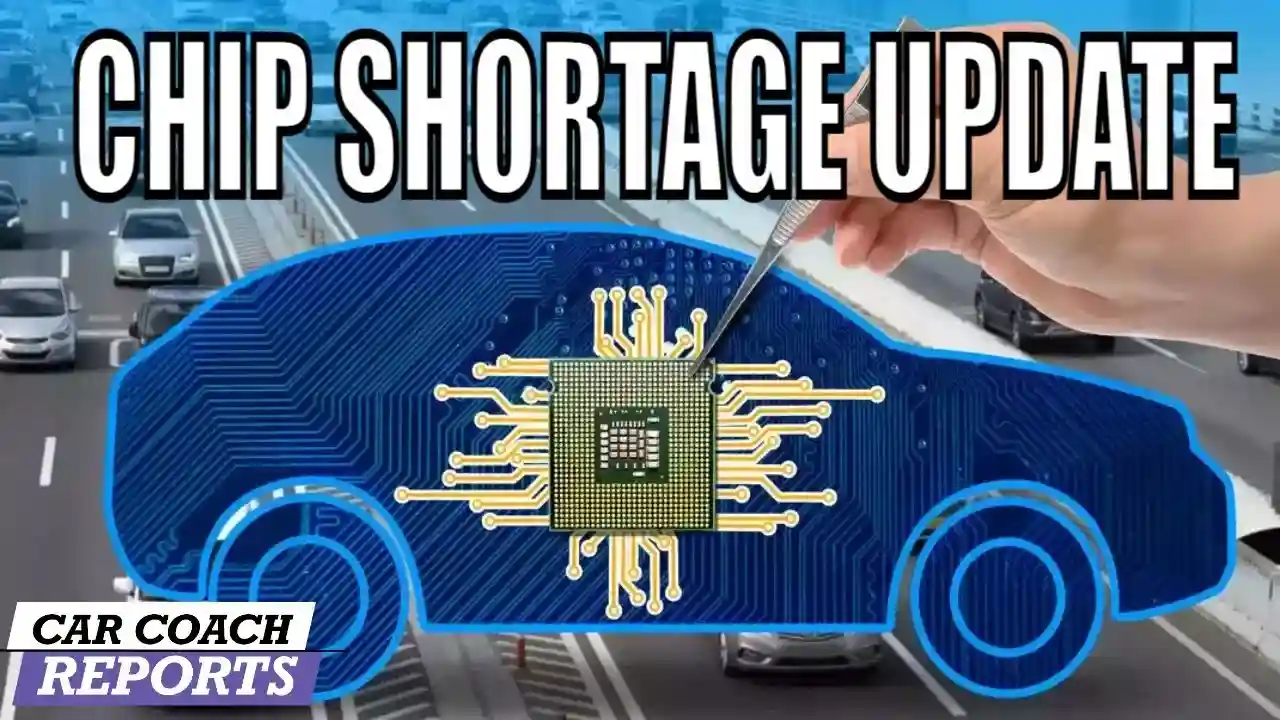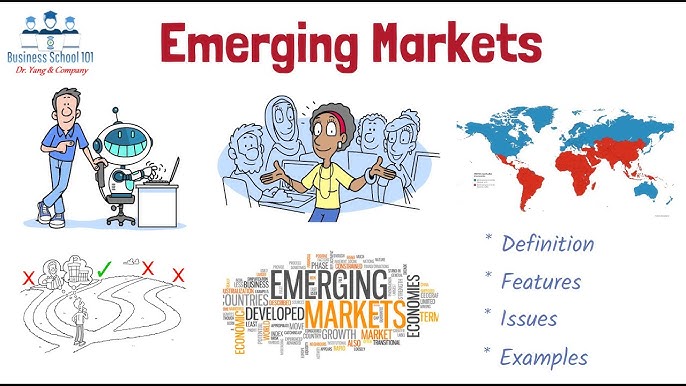Automotive Chip Shortage: Latest Updates
Mia Wilson

Photo: Automotive Chip Shortage: Latest Updates
Automotive Chip Shortage: Latest Updates
Introduction
The global automotive industry has been grappling with a persistent chip shortage for several years, impacting vehicle production, pricing, and innovation. As of early 2025, significant strides have been made to mitigate this crisis, yet challenges remain. This article delves into the latest developments surrounding the automotive chip shortage, exploring its causes, current status, and future implications for manufacturers and consumers alike.
Understanding the Chip Shortage
What Caused the Automotive Chip Shortage?
The automotive chip shortage originated in the wake of the COVID-19 pandemic, which disrupted supply chains and shifted consumer demand. Semiconductor manufacturers prioritized electronics over automotive needs, leading to a deficit in essential components like microcontrollers and sensors. Additionally, geopolitical tensions and natural disasters further strained chip production, exacerbating the shortage.
Impact on the Automotive Industry
The shortage has had far-reaching effects on the automotive sector. Manufacturers have faced production delays, leading to reduced vehicle inventories and increased wait times for consumers. Prices of new cars have surged due to limited supply and higher component costs. Moreover, the shortage has hindered the development and integration of advanced technologies, such as autonomous driving systems and electric vehicle (EV) innovations.
Latest Developments in the Chip Shortage
Expansion of Semiconductor Manufacturing
In response to the prolonged shortage, major semiconductor companies have accelerated plans to expand manufacturing capacities. Investments in new fabrication plants (fabs) and the adoption of advanced manufacturing technologies aim to increase chip production. Governments worldwide have also stepped in, offering incentives and subsidies to bolster domestic semiconductor industries, thereby reducing dependency on foreign suppliers.
Diversification of Supply Chains
Automakers are actively diversifying their supply chains to mitigate future disruptions. By establishing partnerships with multiple chip suppliers and investing in local production facilities, companies aim to create more resilient supply networks. This strategic shift not only enhances reliability but also reduces the risk of bottlenecks caused by unforeseen events.
Technological Advancements and Alternatives
Innovation has been pivotal in addressing the chip shortage. Automotive engineers are developing alternative designs that require fewer semiconductor components without compromising functionality. Additionally, advancements in chip technology, such as the integration of multiple functions into single chips, help optimize the use of available resources.
Policy and Regulatory Support
Governments have recognized the critical role of semiconductors in the automotive industry and have implemented policies to support chip production. Initiatives like the U.S. CHIPS Act and the European Union’s efforts to establish a robust semiconductor ecosystem are aimed at ensuring long-term stability in chip supply. These policies facilitate research and development, infrastructure expansion, and collaboration between industry stakeholders.
Assessing the Current Situation
Supply Chain Improvements
By early 2025, the semiconductor supply chain has seen notable improvements. Increased production capacities and diversified sourcing have alleviated some of the pressure caused by the shortage. However, the recovery is gradual, and the industry must remain vigilant to prevent future disruptions. Continuous monitoring and adaptive strategies are essential to maintain supply chain resilience.
Impact on Electric Vehicles
The EV market, which heavily relies on semiconductor technology, has experienced both challenges and opportunities. While the chip shortage has slowed the production of certain EV models, it has also spurred innovation in battery management systems and motor control units. As chip supply stabilizes, the EV sector is poised for accelerated growth, driven by improved manufacturing efficiencies and technological advancements.
Consumer Experience and Market Dynamics
Consumers have felt the pinch of the chip shortage through higher vehicle prices and limited availability of specific models. However, as supply chain issues ease, prices are expected to stabilize, and availability will improve. The shortage has also influenced consumer preferences, with some opting for brands that have more robust supply chain strategies, thereby reshaping market dynamics.
Long-Term Industry Changes
The automotive industry is undergoing a transformation in response to the chip shortage. Manufacturers are placing greater emphasis on supply chain transparency, strategic partnerships, and in-house chip development capabilities. These changes aim to create a more sustainable and self-reliant industry, better equipped to handle future challenges.
Conclusion
The automotive chip shortage has been a significant hurdle for the global automotive industry, impacting production, pricing, and technological progress. As of early 2025, concerted efforts by manufacturers, semiconductor companies, and governments are yielding positive results, gradually resolving the crisis. However, the industry remains cautious, recognizing the importance of building more resilient and adaptable supply chains. Moving forward, the lessons learned from this shortage will drive strategic innovations and policy developments, ensuring a more stable and prosperous future for the automotive sector.
For You
View AllUnderstand what public-private partnerships are and how they drive infrastructure development. Click to learn more!
Mia Wilson
Stay ahead with this essential car maintenance checklist. Keep your vehicle running smoothly and avoid costly repairs. Learn now!
Mia Wilson
Step-by-step guide to setting up your own VPS quickly and easily.
Mia Wilson
Discover free activities and attractions for budget travelers. Explore more without spending a fortune!
Mia Wilson
Understand the bond market, its role in financing, and how it impacts the economy. Click to learn more!
Mia Wilson
Learn what emerging markets are, their characteristics, and their role in the global economy. Click to explore new opportunities!
Mia Wilson
Health










Education
View All
May 14, 2025
What Is Classical Education? Explained!
Discover the principles of classical education, its history, and how it fosters critical thinking. Learn the benefits today!

April 24, 2025
What Is Distance Education? Explained!
Discover how distance education works, its benefits, and how it’s transforming learning. Start your journey today!

May 29, 2025
How Technology Has Changed Education
Discover how technology is revolutionizing education, enhancing accessibility, and transforming classrooms. Learn more now!





